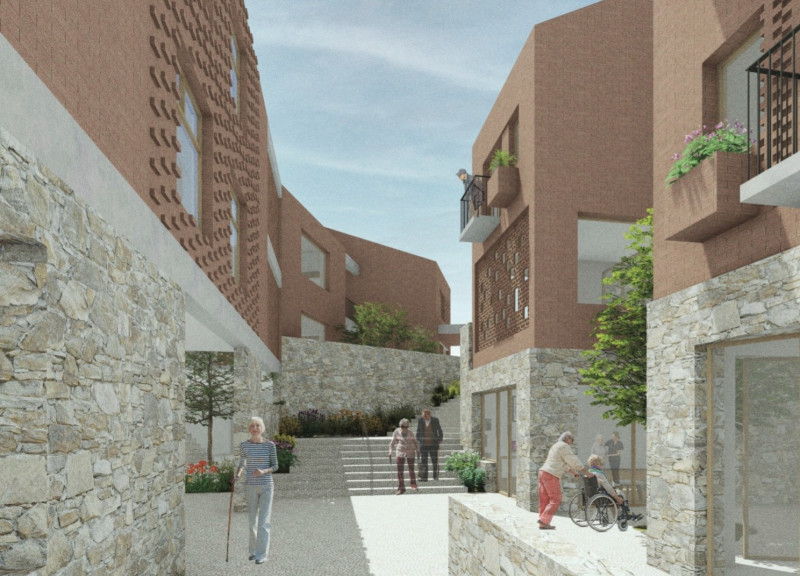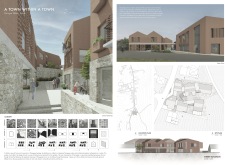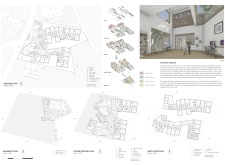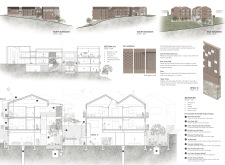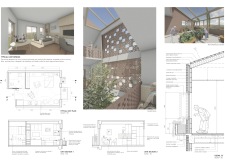5 key facts about this project
### Overview
Located in Portugal, the project aims to create a communal living environment for the elderly, focusing on cultural sensitivity and accessibility. By connecting residents to their heritage, it supports an active and engaged lifestyle while addressing the specific needs of an aging population.
### Spatial Strategy and Community Interaction
The layout is designed to foster communal interaction while ensuring resident privacy. Units are organized around shared gardens and open communal spaces, creating a micro-community atmosphere. A central pathway encourages movement between different areas, promoting a pedestrian-friendly environment and facilitating social engagement. The design also accommodates diverse mobility levels, incorporating smooth transitions and wide pathways throughout.
### Material Selection and Sustainability
Material choices for the project reflect functional intent while honoring local architectural traditions. Clay tiles are utilized for roofing to enhance durability, while locally sourced bricks contribute both insulation and visual warmth. Stone from surrounding areas reinforces ties to the local environment, and selectively used recycled timber adds a sustainable element. The project incorporates environmentally friendly practices, including rainwater harvesting, solar panels, and advanced insulation techniques, thereby minimizing its ecological footprint.


